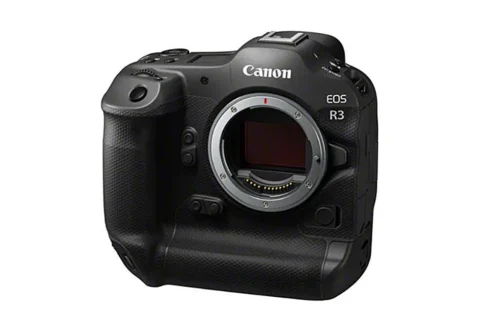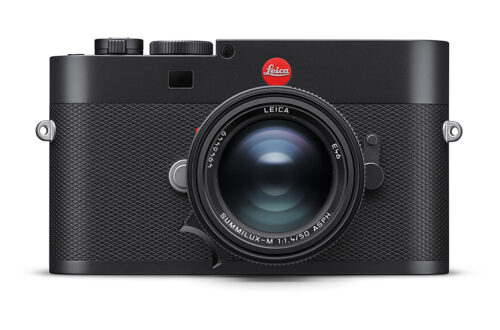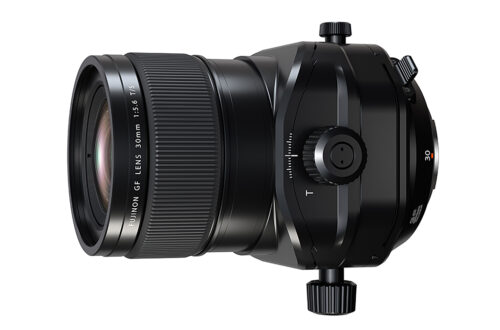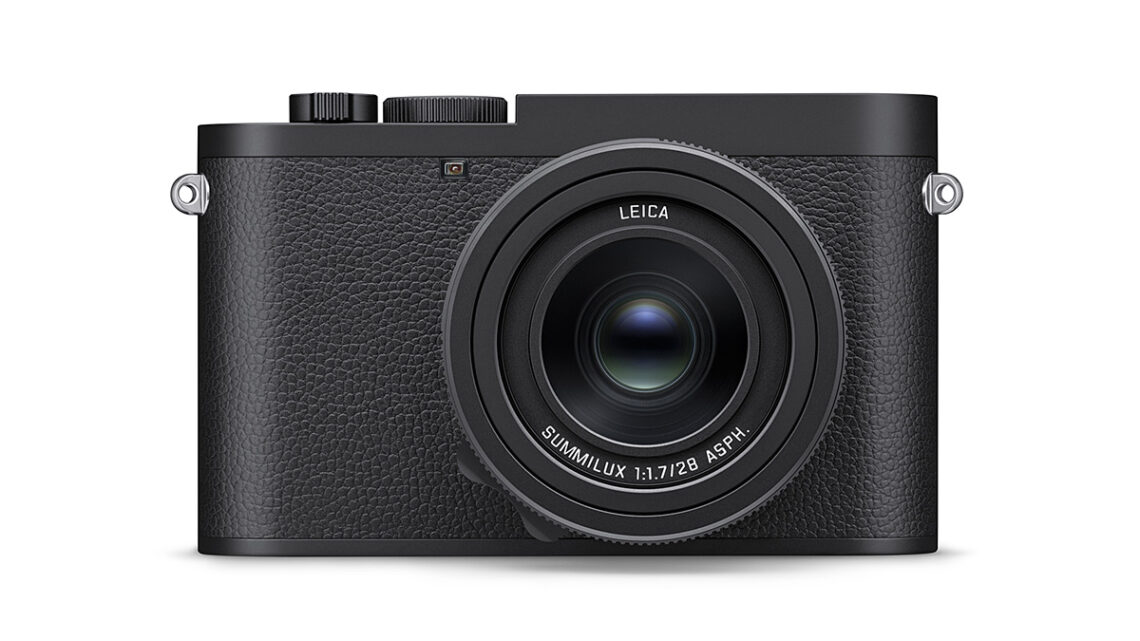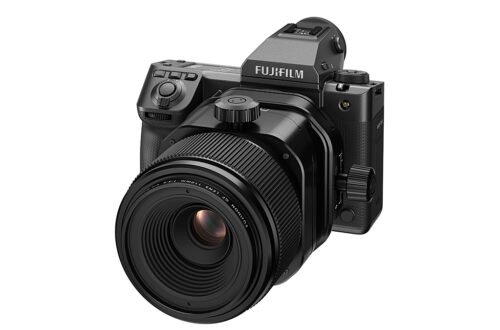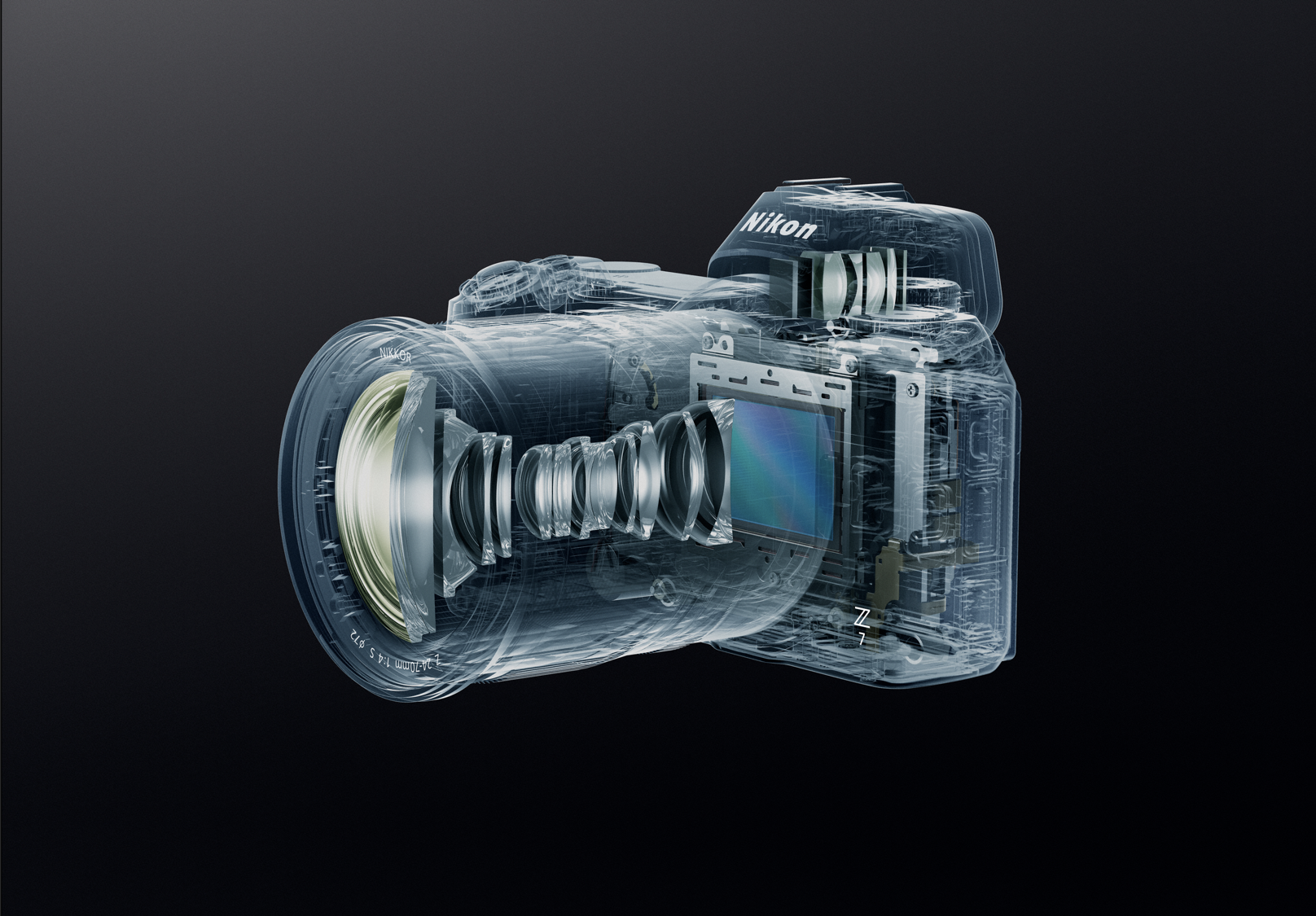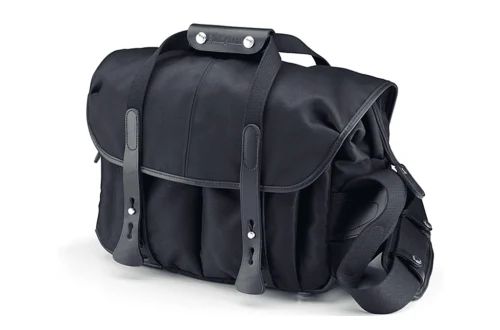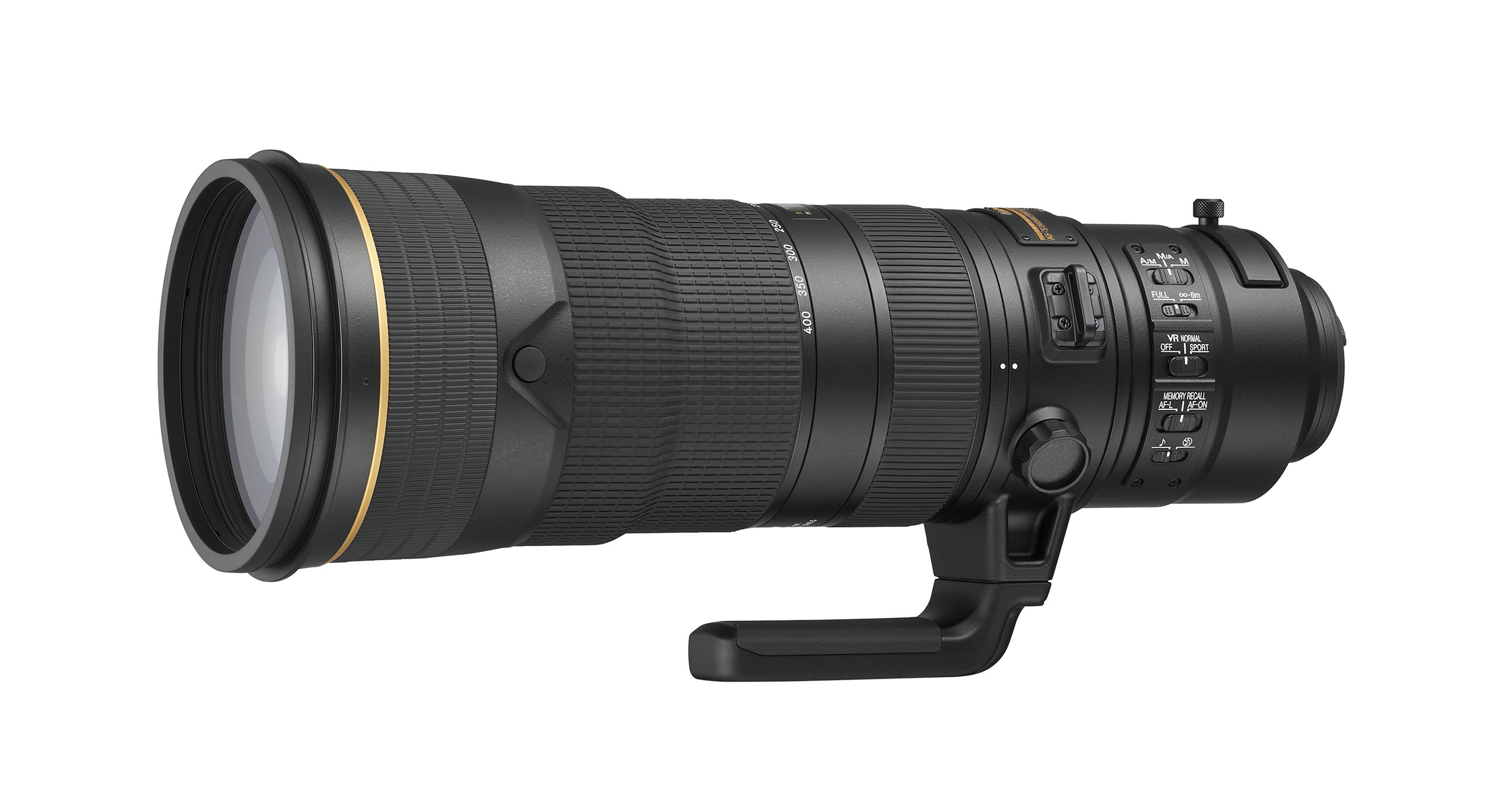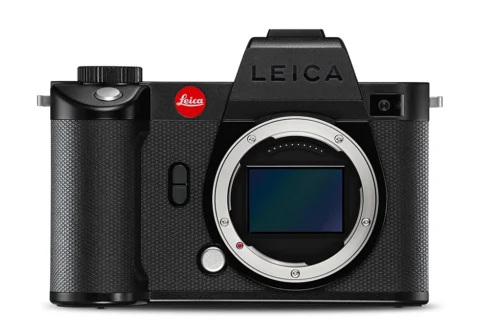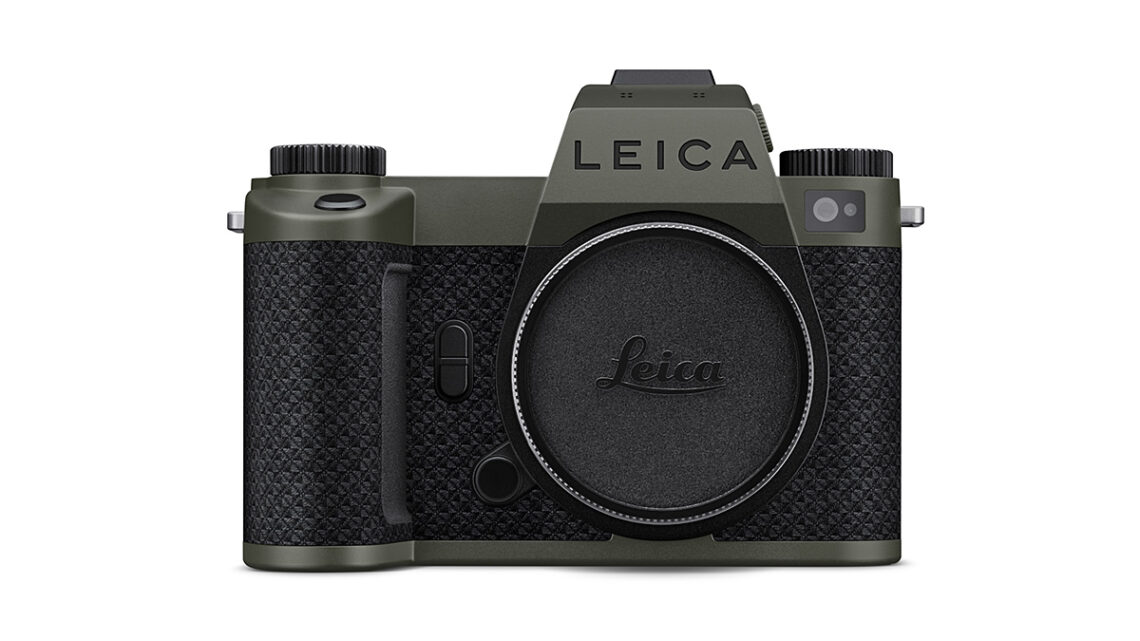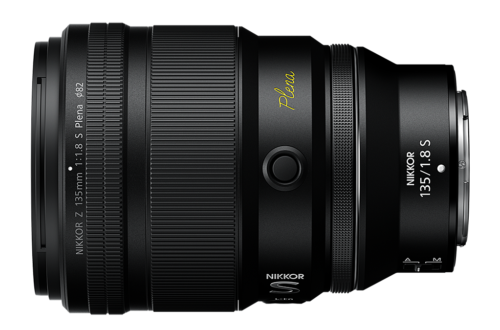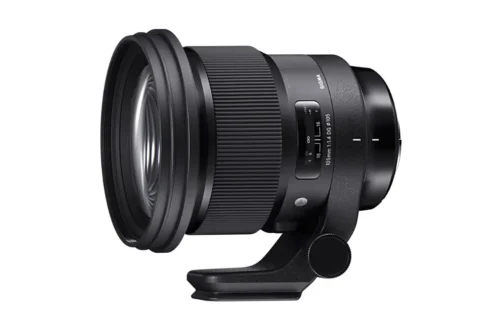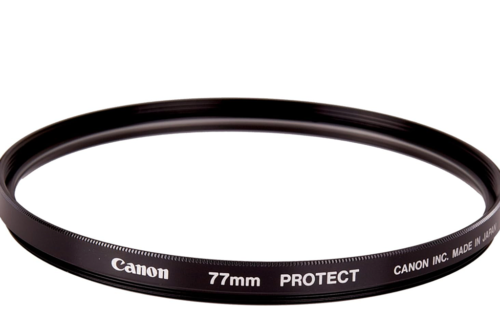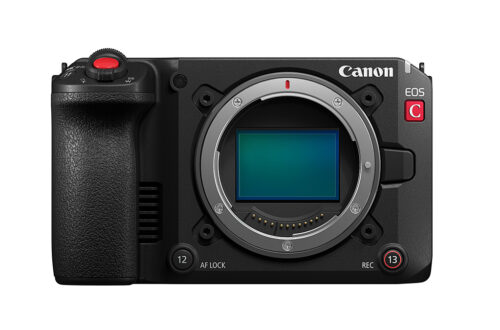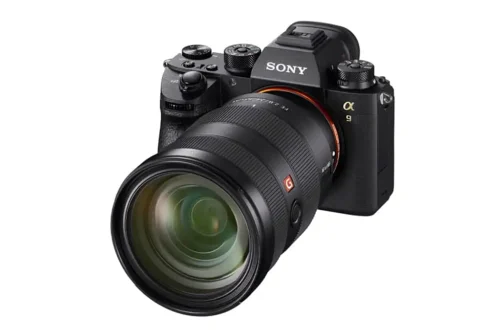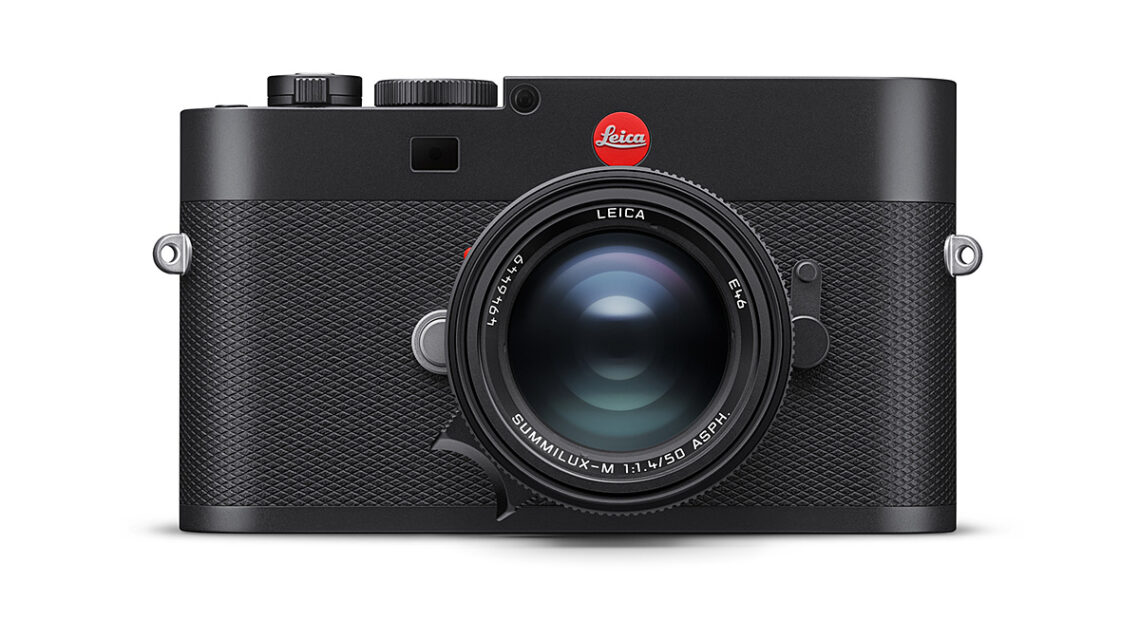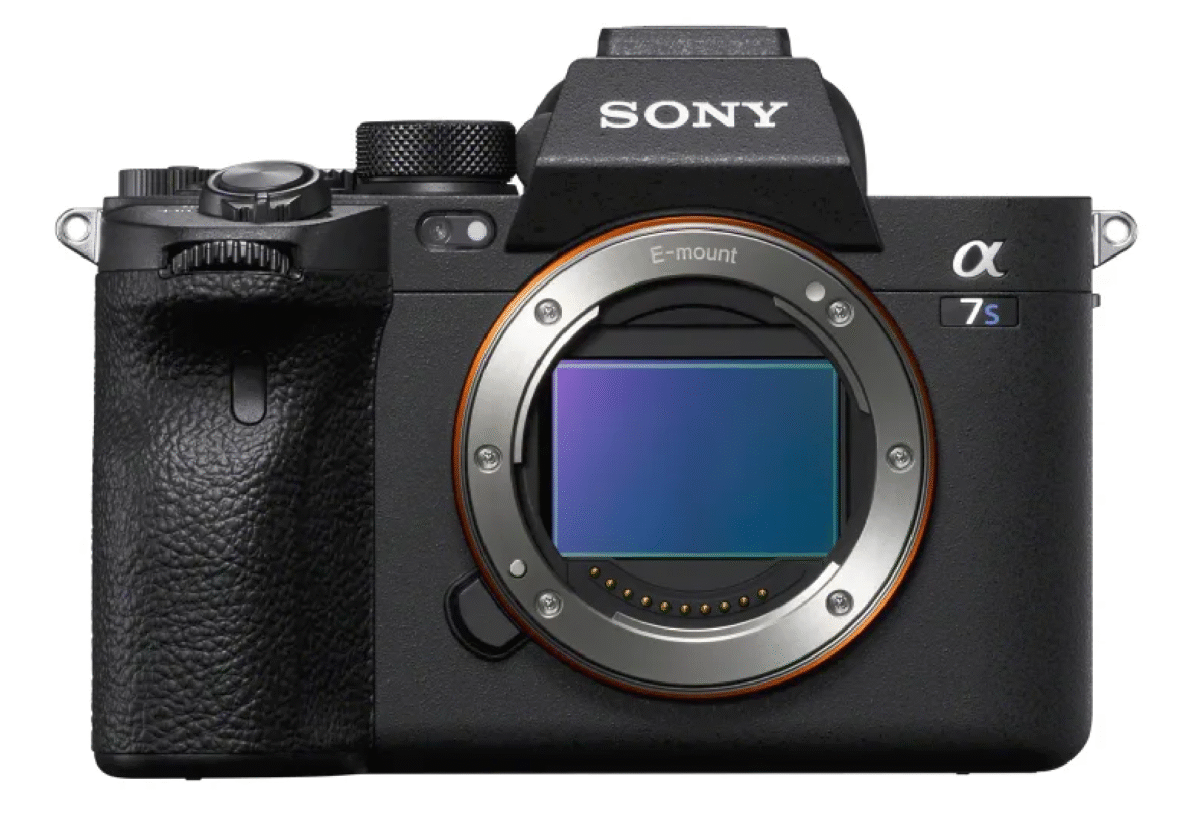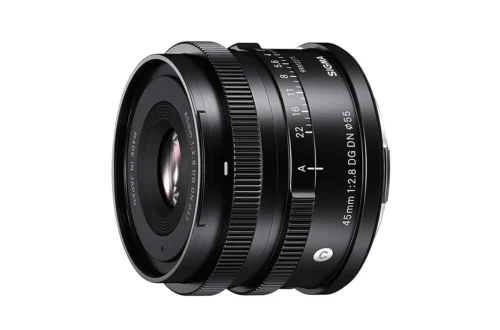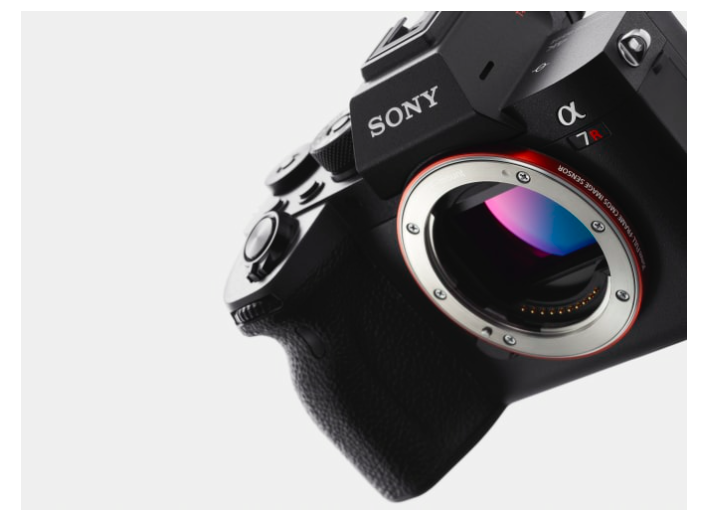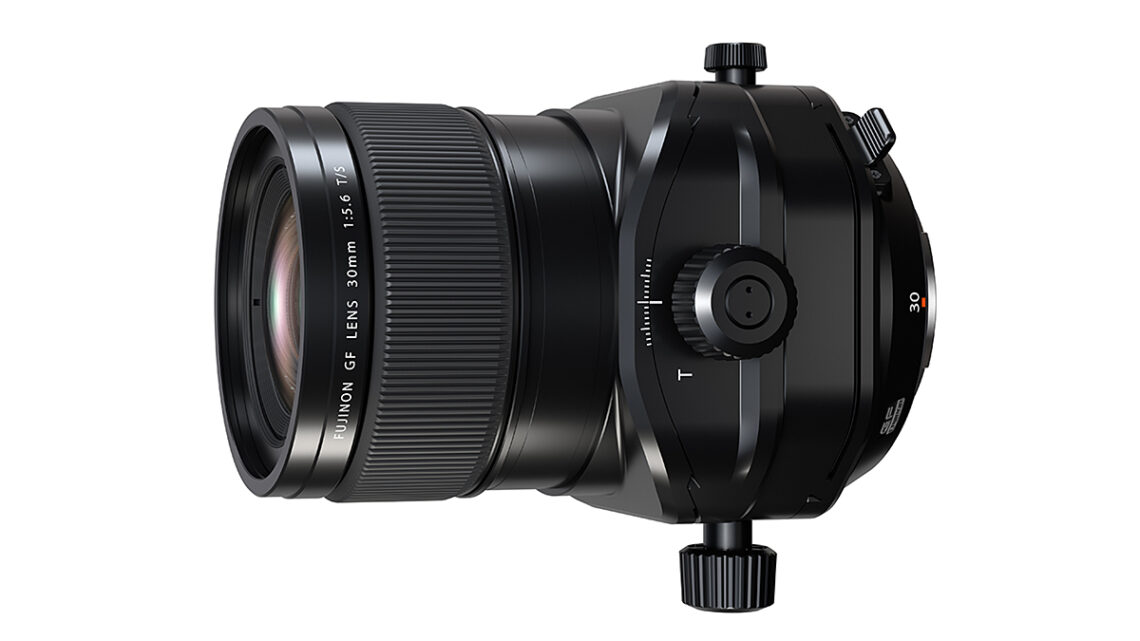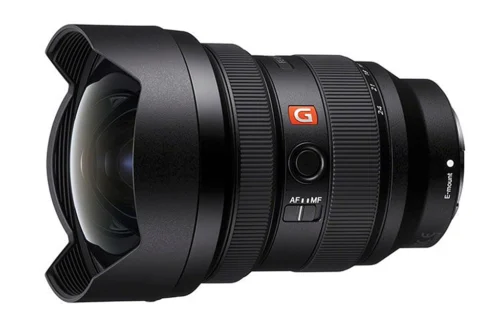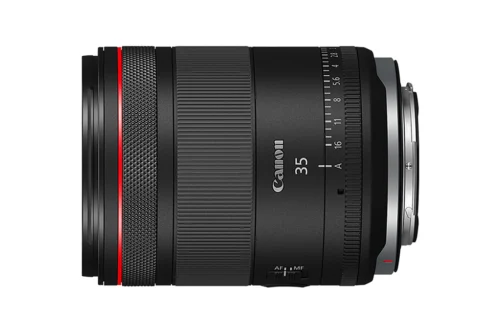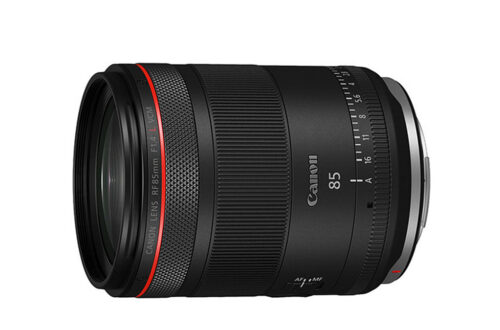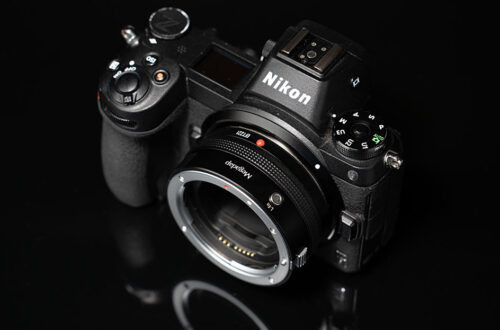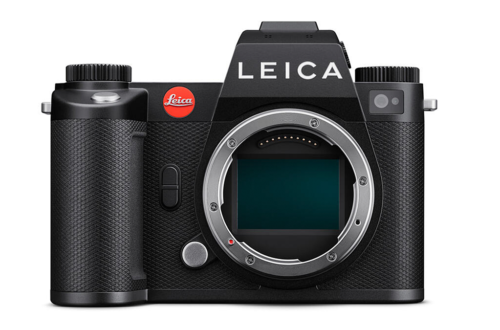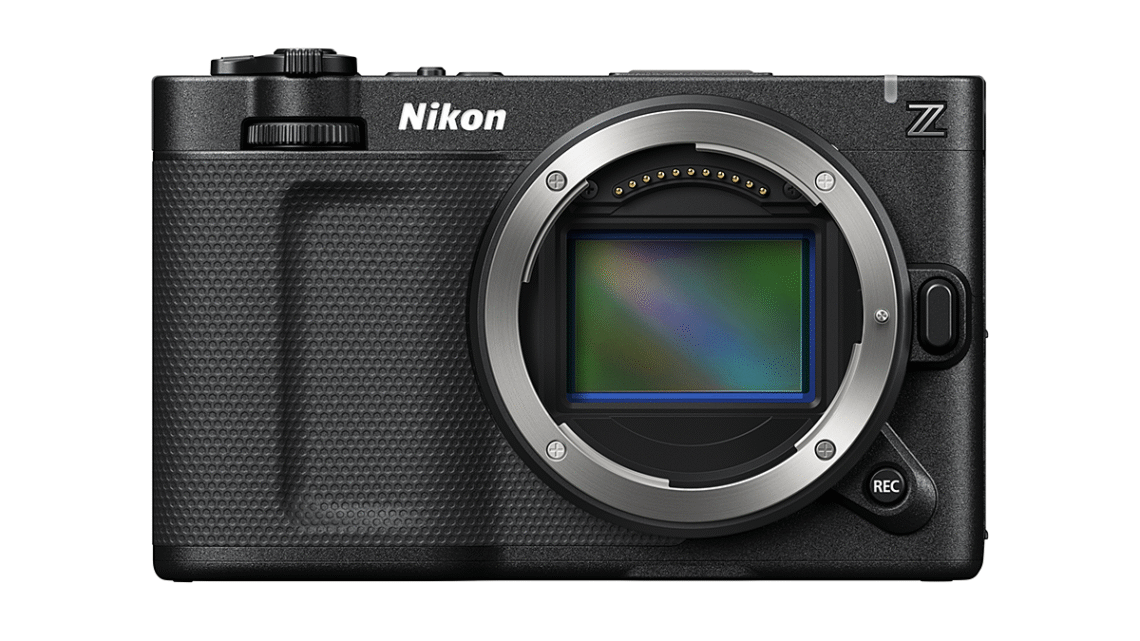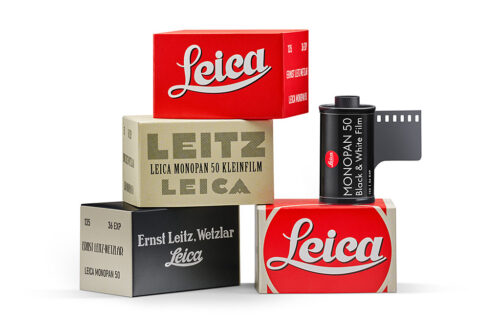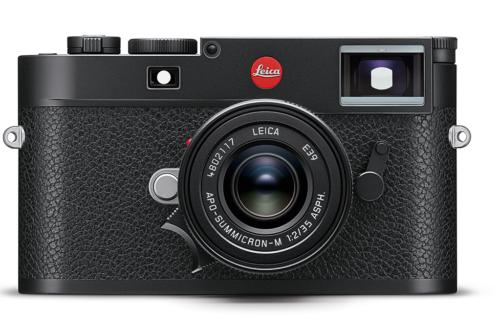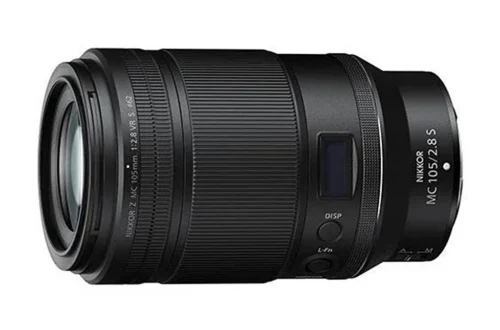News
-
Black Friday deals
My Black Friday sale is currently open. Save 25% off any of my Capture One Styles with the discount code 6AXYHX9Z. Ends on 28 November. This site’s subscription is also 25% off currently, at $37.30, for 12 months (regular price $49.99). Does not renew, so you’re not locked in. There’s no need for a code, as the price reflects the discount. Also ends on 28 November. Amazon has been running Black Friday deals for a few days already, giving me some time to browse through the more interesting photography-related products. Surprisingly, though, there aren’t that many this year. Lightroom Classic users can pick up a 12-month subscription for just £61.99…
-
Leica reveals the B&W Q3 Monochrom
Leica has introduced the Leica Q3 Monochrom, the B&W sensor version of the popular Leica Q3 compact, featuring a 60 MP full-frame CMOS sensor and a 28mm F1.7 Summilux fixed focal length lens. In addition, the Leica Q3 Monochrom features a new intuitive user interface with a well-defined separation between the photo stills and video functions. Leica say the new UI will be rolled out with a firmware update for the existing Leica Q3 and Leica Q3 43 models. The new Leica Q3 M model is also the first in the series to utilise Content Credentials technology. The hardware chip in the Leica Q3 M embeds a digital signature in…
-
ProGrade Digital CFexpress 4.0 Type B Card Iridium Series 400 GB £157.99 (Was £184.99)
Amazon UK have big savings on ProGrade Digital CFexpress 4.0 Type B Card Iridium Series cards currently. The Iridium series is the highest performing CFexpress 4.0 Type B card in the maker’s range. CFexpress 4.0 Type B Iridium Delivers: Fully compliant with CompactFlash™ Association 4.0 specification and backwards compatible with 2.0 specification NVMe host interface with PCIe Gen4 X2 interconnect Low standby power through NVMe PS0 – PS4 support, enabling extended battery life Metal enclosure for improved durability and heat dissipation Thermal throttling protects the card from overheating Laser etched unique serial numbering for the tracking of key components and manufacturing data for the highest quality control Temperature ranges: operating…
-
Leica SL3 Reporter announced
High-end camera maker Leica has announced the Leica SL3 Reporter mirrorless camera. The new model is based on the existing Leica SL3 and has the same technical specs; however, it features a hard-wearing, scratch-resistant, dark green finish and attractive yet functional aramid body covering, which is said to improve grip. I don’t usually like special editions, but the Reporter versions are highly attractive and hugely popular. What’s more, they maintain high residuals should the time come to upgrade. The tough dark-green finish was used on earlier Reporter models (such as the M10, SL2-S and Q2 series). The same type of durable finish was also used on the original black Leica…
-
Important Update: New Paywall for Reviews and Features
We want to thank you for your continued support and engagement with our content. We’re always striving to provide high-quality reviews and features, and to maintain and enhance the quality of our offerings, we have decided to implement a paywall. As usage rights, licensing, and even appropriation are increasingly being undermined for photographers and journalists in the media and the wider internet (including in the photographic press, somewhat disingenuously), leading to requests for low fees or even free content, we trust that you will understand our shift to a subscription and affiliate-funded model as a commitment to protecting these essential rights. Certain content, including news and commentary, will still be…
-
Leica M EV1 in stock at Park Cameras
Launched today without pre-orders, the Leica M EV1 is selling out already. However, Park Cameras are showing 3+ in stock with free next-day delivery [affiliate link]: Park Cameras (UK) Leica UK are also showing stock with delivery in 2-5 days: Leica UK As an affiliate member, I may earn a commission when you purchase through these links. It does not affect the price you pay. Read our review of the Leica M11
-
Leica announces highly anticipated Leica M EV1 with electronic viewfinder
Leica has announced the Leica M EV1, a long-rumoured model based on the Leica M11 body and M-mount but with an electronic viewfinder instead of the rangefinder. I have called for this feature for some time, and I expect the demand will be high. Leica users will immediately notice the similarity between the existing Leica M and the Leica Q models, the latter being a fixed lens model with an electronic viewfinder and based on the rangefinder-equipped Leica M. The new Leica M EV1, therefore, is a synthesis of two models and features the full-frame 60MP BSI-CMOS sensor with Triple Resolution Technology (60, 36 or 18 megapixels) of the Leica…
-
Fujifilm Fujinon GF30mm F5.6 T/S specs
Technical Data Manufacturer Fujifilm Model Fujinon GF30mm F5.6 T/S Web www.fujifilm-X.com Elements/construction 16 elements in 11 groups (1x Super ED, 3x ED) Angle of view 84.7° (diagonal) 24mm equivalent Tilt/Shift +/- 8.5° Tilt, +/- 15 mm Shift Max aperture F5.6 (9-blades, rounded) Min aperture F32 Min focus distance 0.3 m (11.9 in) Mount GF mount Filter size 105mm (with adapter ring), 72mm front cap* Length 135.8mm (5.5 in.) Diameter 87.1mm (3.4 in.) Weight 1340g (2.95 lb) Price £3,899 inc VAT ($3,999) The Fujinon GF30mm F5.6 T/S will be sold with an RRP of £3899 inc VAT. User manual at: www.fujifilm-x.com Additional coverage/press release. Pre-order: WEX UK | Amazon | Park…
-
Canon has announced the RF mount EOS C50 cinema camera
Here are five key takeaways you need to know about the Canon EOS C50 cinema camera: Compact and Lightweight Design: The EOS C50 is Canon’s smallest and lightest cinema camera, weighing approximately 680 g (1.5 lbs), making it ideal for handheld and verité shooting in various settings. Advanced Imaging Capabilities: It features a new 7K full-frame CMOS sensor, dual base ISO 800 / 6400, open gate 3:2 mode for anamorphic and multi-format capture, capable of 7K 60P internal RAW recording and oversampled 4K up to 120p. It also has 32-megapixel still photo capture, positioning it as a true hybrid camera suitable for both video and photography. Versatile Recording Options: The…
-
Five Key Takeaways from the Nikon ZR Full-Frame Cinema Camera specs
Nikon has announced the first Nikon-branded Cinema Camera after the acquisition of RED, the highly respected US-based cinema camera company. It’s a true hybrid in the sense that it adopts IP from both companies; the main components of the mirrorless Z6 III, including the sensor and Expeed 7 processor, and RED’s colour processing technology. As expected, the ZR features a rectangular box-shaped body, typical of entry-level cinema cameras. Here are the Five Key takeaways of the Nikon ZR Full-Frame Cinema Camera announcement: Camera Specifications and Features: The Nikon ZR features a 6K full-frame sensor capable of recording up to 6K/60p. It includes a Dual Base ISO of 800/6400, maintaining a…

